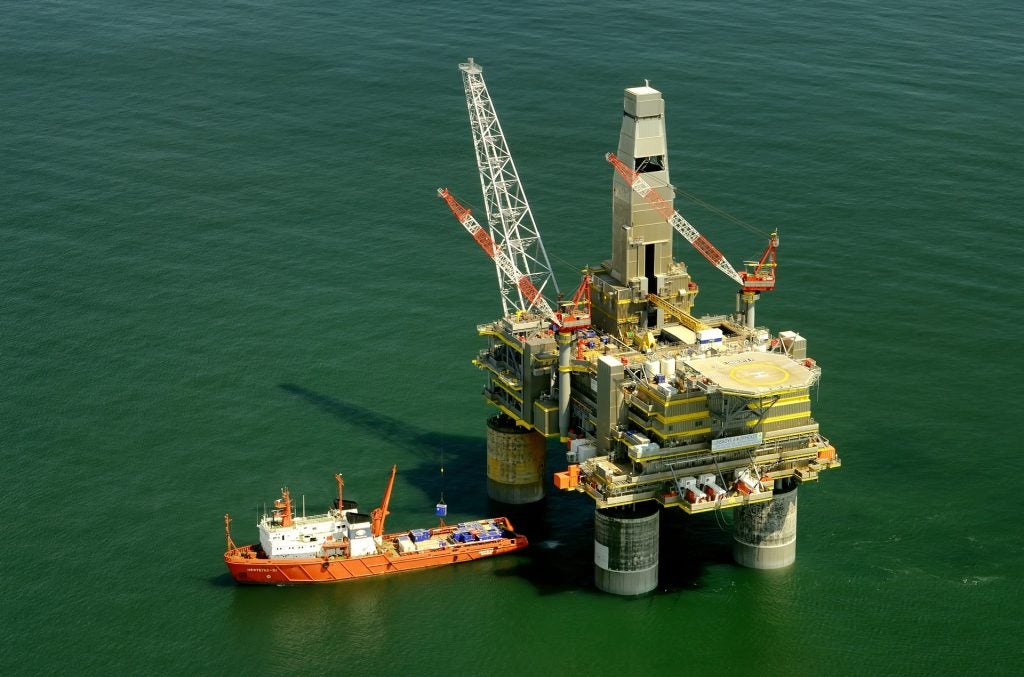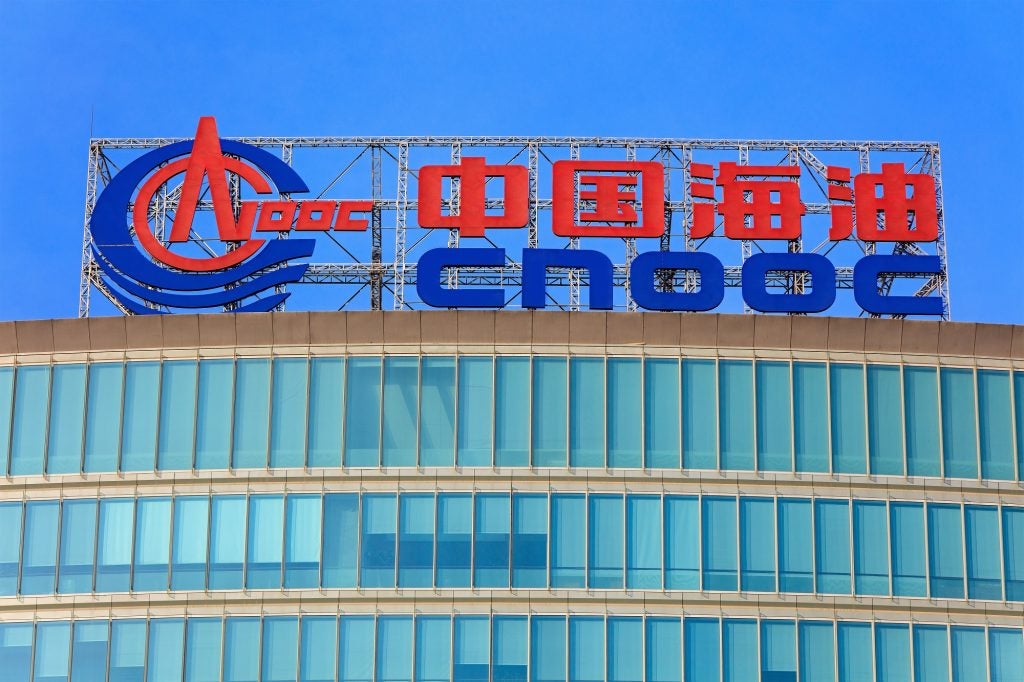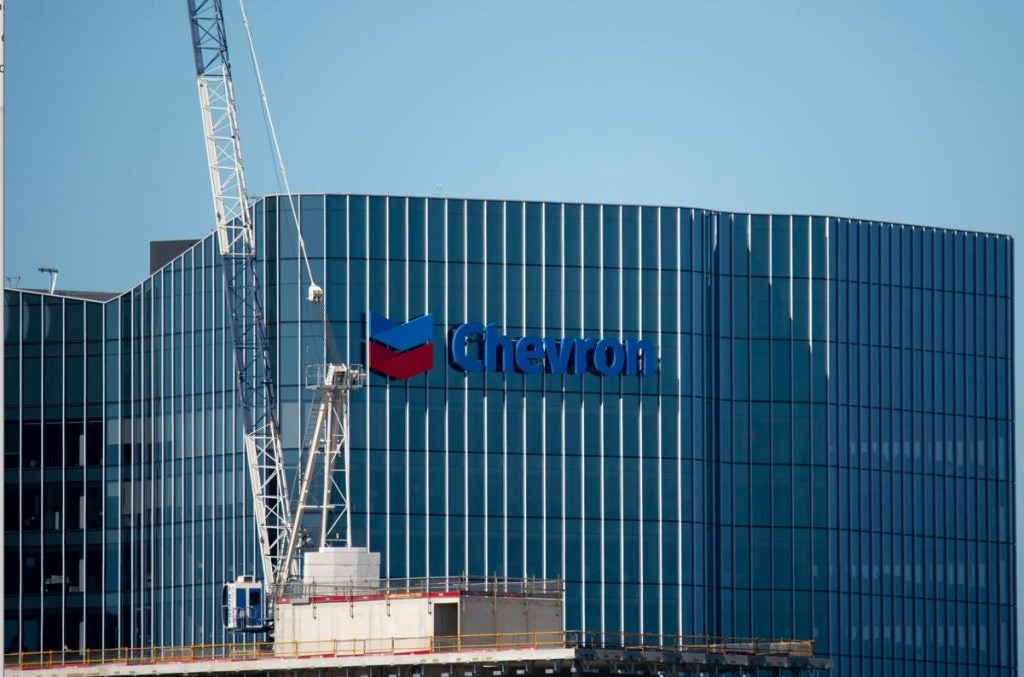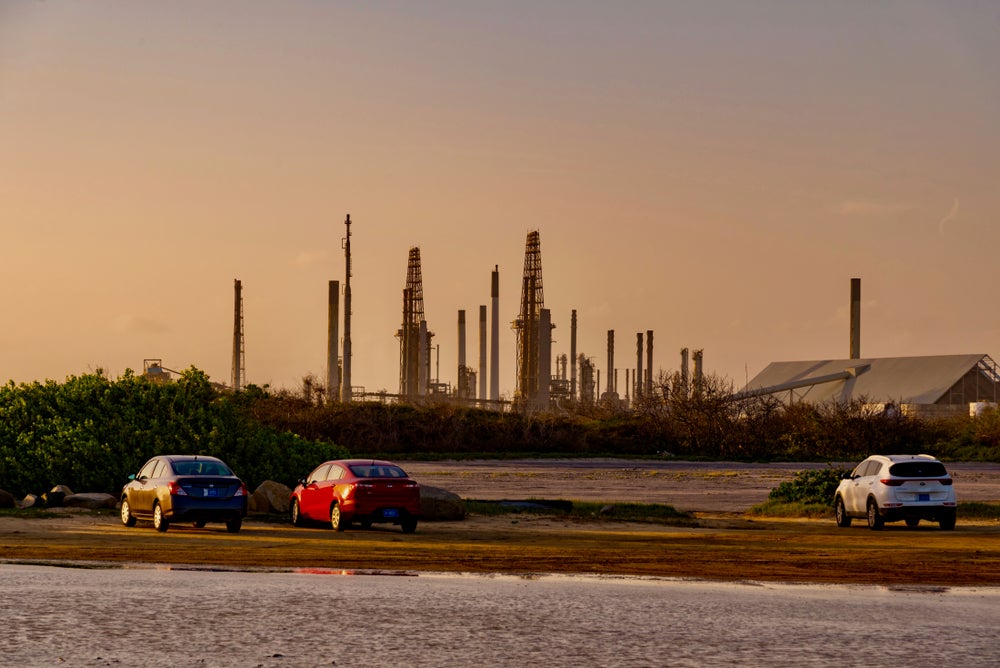The deal
British oil and gas company Harbour Energy has announced the sale of its Vietnam portfolio, including the Chim Sao and Dua oil fields, to Vietnamese producer Big Energy.
Why it matters
Harbour is divesting from the fields at the end of their life. Earlier this month, Offshore Technology’s parent company, analytics company GlobalData stated that 88.59% of Chim Sao and Dua’s recoverable reserves had been extracted and that the field would reach its economic limit in 2028. In 2022, the fields produced 4,000 barrels of oil per day (boe/d).
When explaining the sale, Harbour states that Vietnam does not factor into its future growth strategy. Harbour could use the $84m consideration elsewhere to develop assets in countries more aligned with its future operations.
Harbour CEO Linda Z Cook stated: “While Vietnam does not form a core part of our growth strategy going forward, we are proud of the quality of the business we have built, both in terms of the organisation and assets, since our country entry in 2004. I would like to thank our Vietnam colleagues for their hard work over the years and wish them all the best for the future."
The deal also means that the fields, which account for 4% of Vietnamese production, will for the first time be taken into the hands of a domestic company. Vietnam has Asia’s third-largest reserves of oil and although the time limit is closing in on Chim Sao and Dua, the money generated from what oil the fields have left could encourage Big Energy to invest further in the oil fields of the South China Sea.
The details
The sale completely divests Harbour Energy, formerly known as Premier Oil, from Vietnam, where it has operated since 2004. Harbour held 53.125% of Block 12W, off the coast of Vietnam, which includes the Chim Sao (formerly known as Blackbird) and Dua fields.
Our signals coverage is powered by GlobalData’s Thematic Engine, which tags millions of data items across six alternative datasets – patents, jobs, deals, company filings, social media mentions and news – to themes, sectors and companies. These signals enhance our predictive capabilities, helping us to identify the most disruptive threats across each of the sectors we cover and the companies best placed to succeed.















